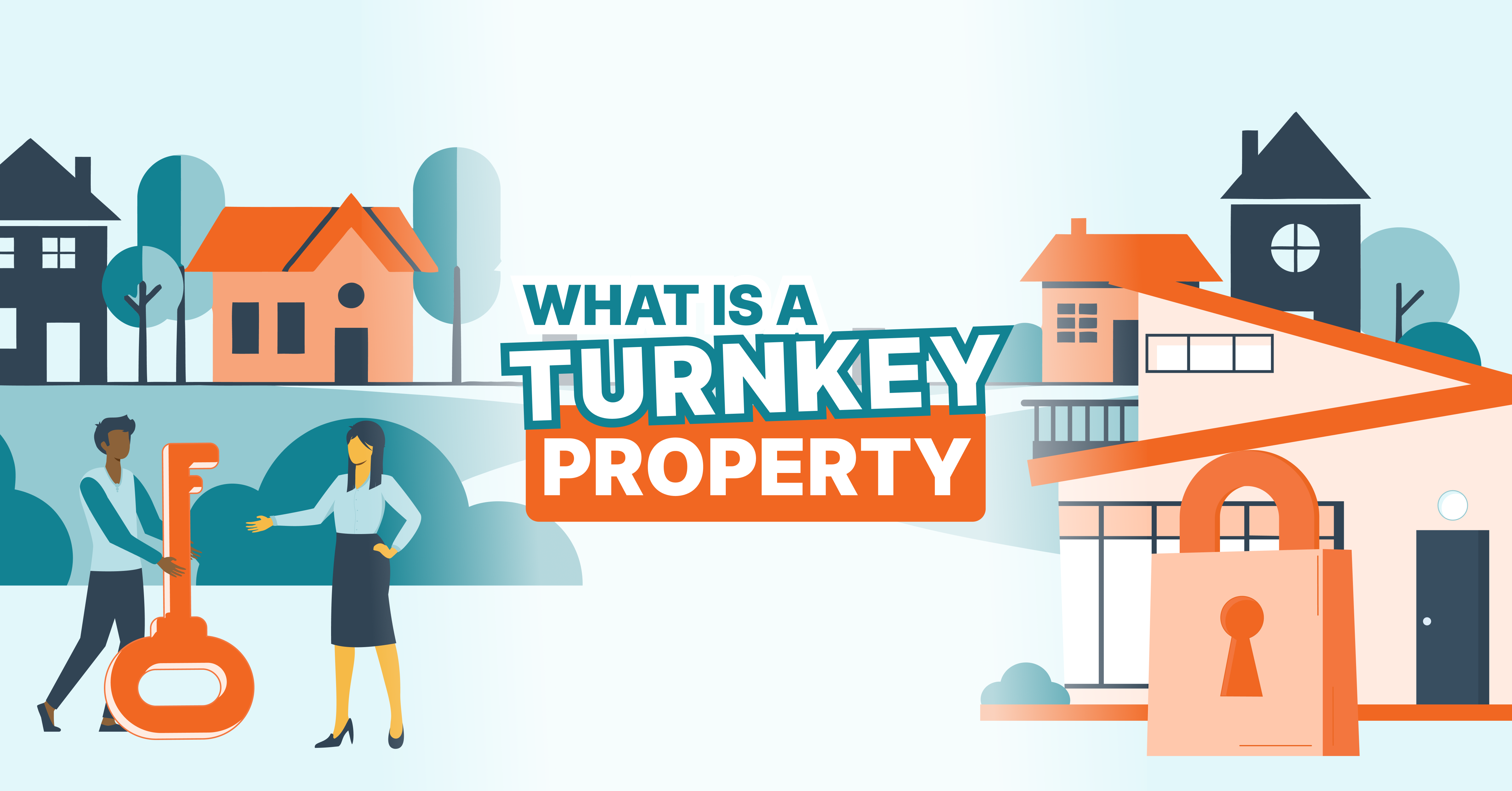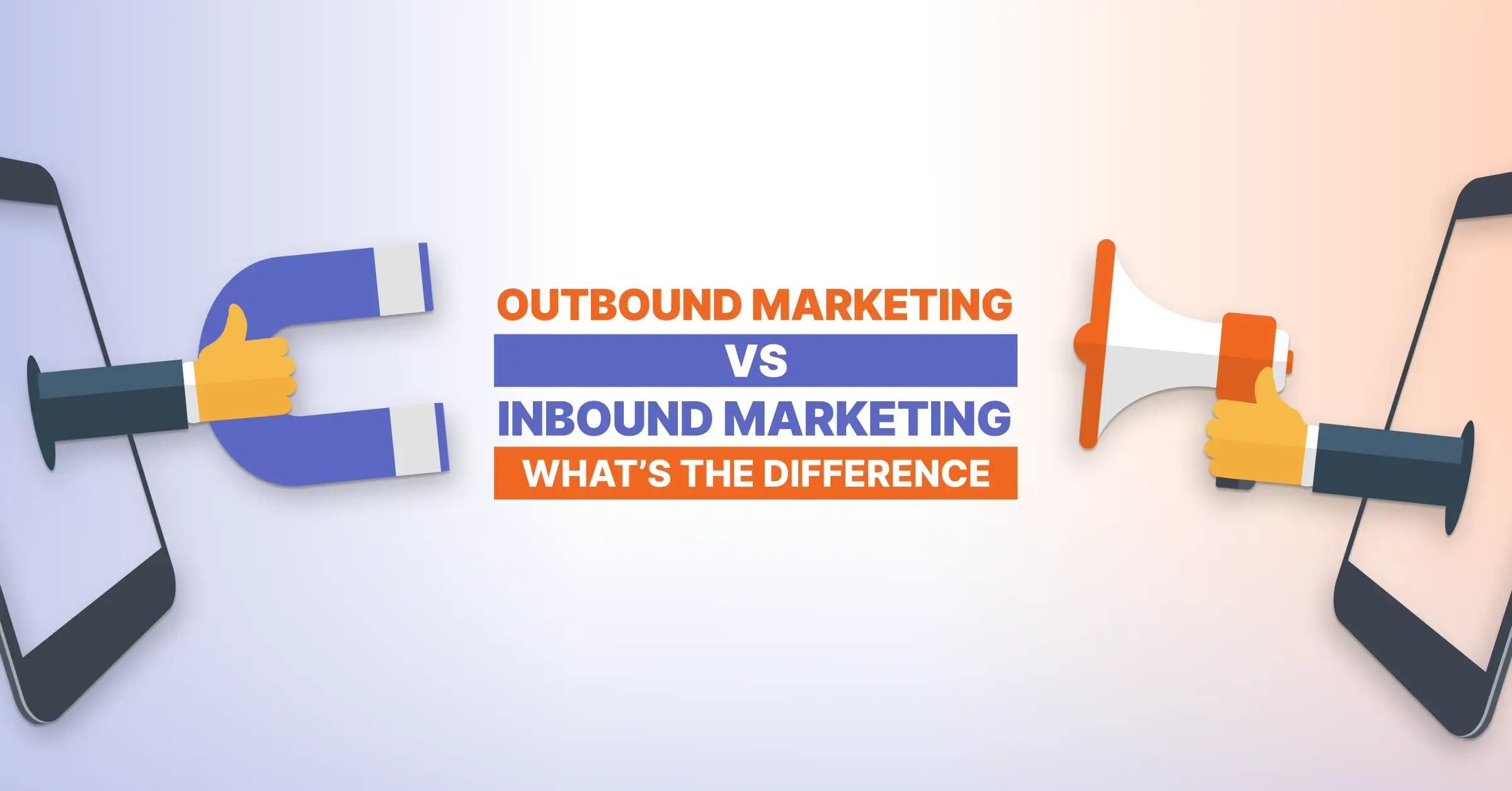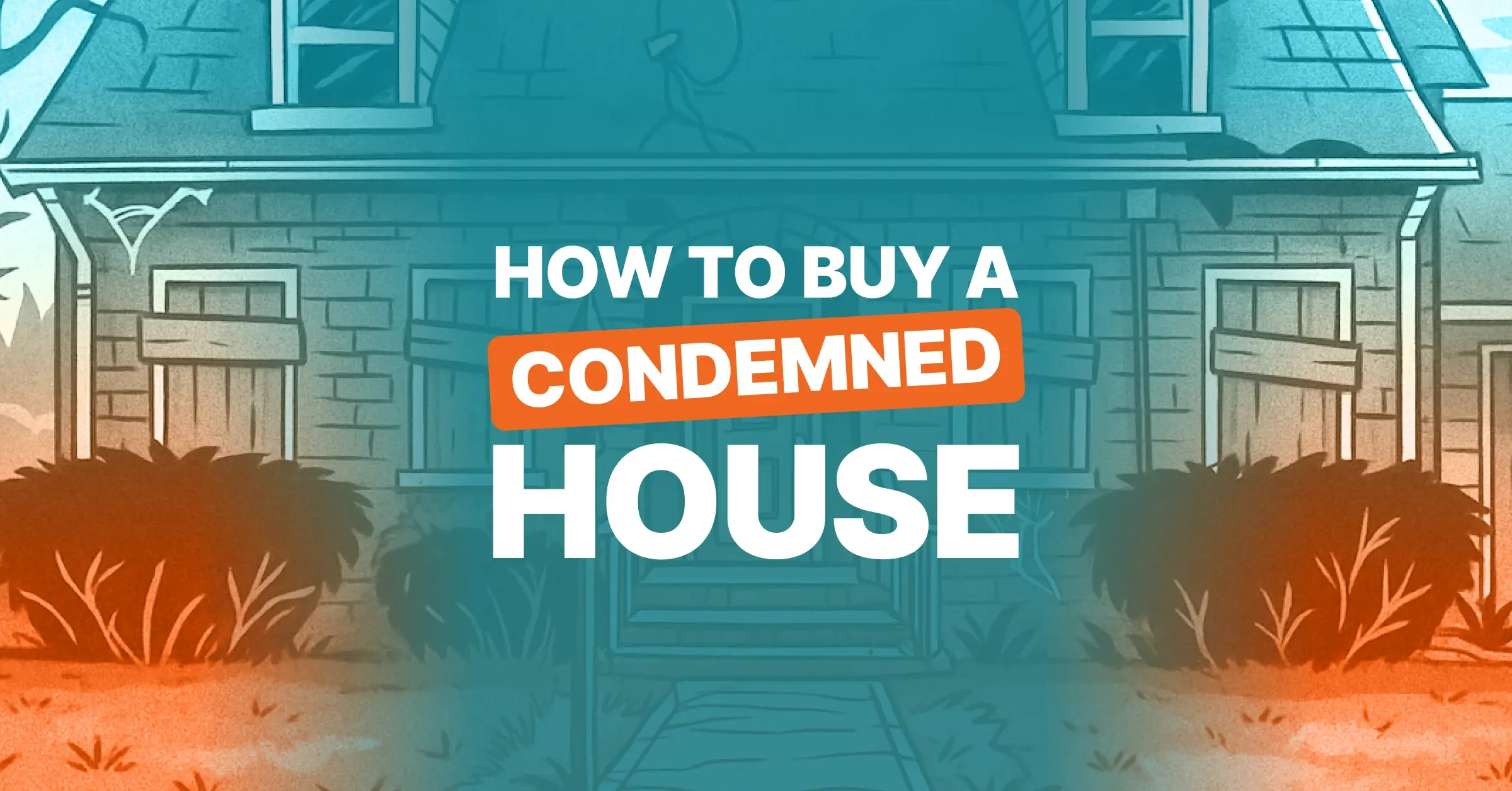Disclaimer: PropStream doesn’t offer financial advice. This article is for educational purposes only—to explain the most notable differences between fixed-rate and adjustable-rate mortgages.
When shopping for a property loan, one of the first decisions you must make is whether to get a fixed-rate or an adjustable-rate mortgage (ARM). Though fixed-rate mortgages are more common, ARMs can be beneficial in certain situations.
In this article, we’ll explain the differences between fixed-rate mortgages and ARMs, their pros and cons, and when it may make sense to use one over the other.
Table of Contents |
Key Takeaways:
When deciding between a fixed-rate mortgage and an ARM, the best choice depends on individual financial situations and risk tolerance.
Fixed-rate mortgages may be good for those planning to stay in a home for an extended period, seeking stability in monthly payments, or in a low-interest market.
ARMs may be preferable for those planning to move or refinance before the initial fixed-rate period ends or in a high-interest market anticipating rate decreases.
What Is a Fixed-Rate Mortgage?
A fixed-rate mortgage is a property loan with an interest rate that stays constant for the duration of the loan.
This means the monthly payments and amortization period don’t fluctuate either. The portion of your monthly payment allocated toward paying off interest vs. principal may change, but the total monthly payment never does (though property taxes, home insurance, and other property costs may impact the monthly payment).
Most fixed-rate mortgages have 30- or 15-year loan terms, but other loan periods are also possible.
What Is an Adjustable-Rate Mortgage (ARM)?
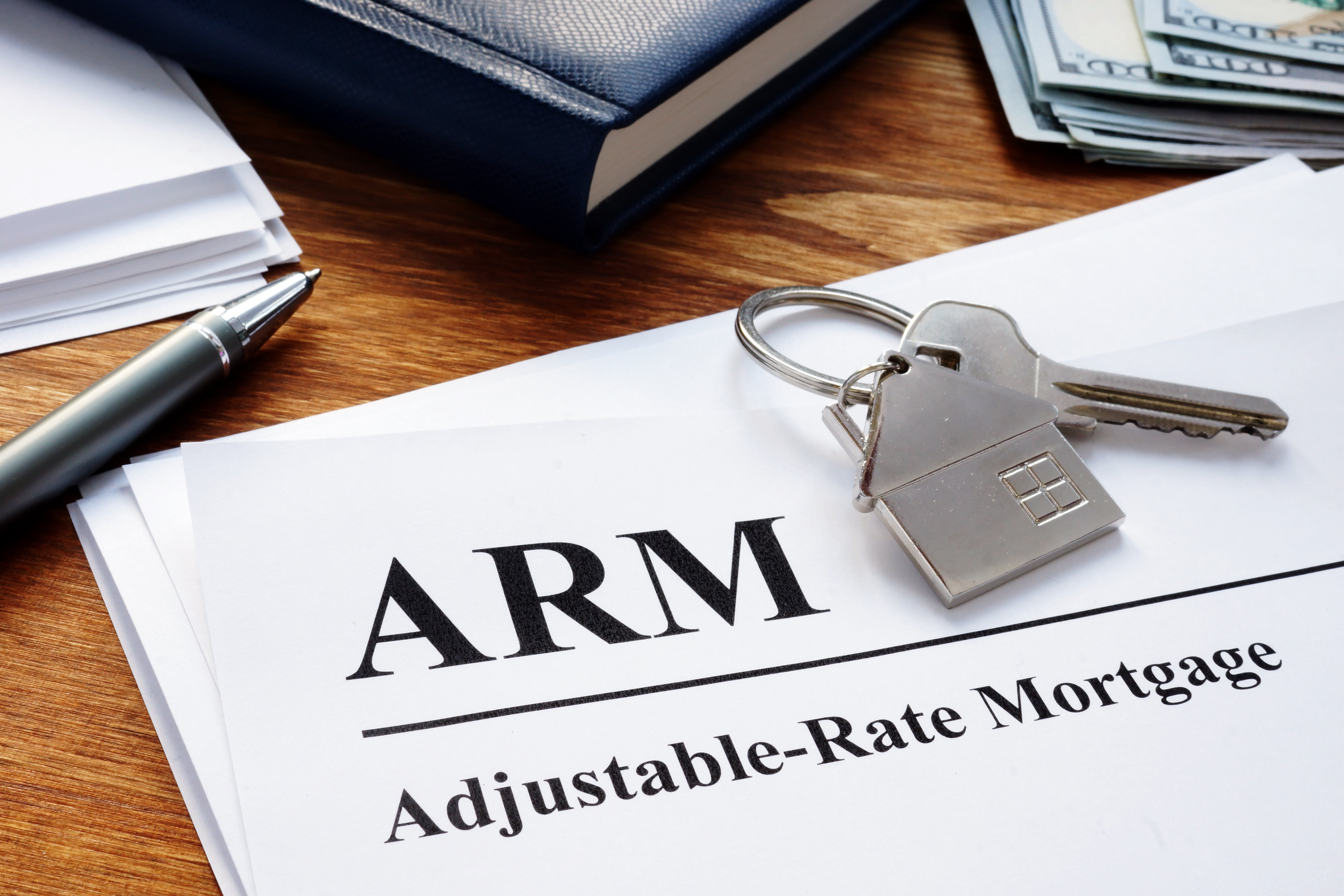
An adjustable-rate mortgage (ARM) is a property loan with a variable interest rate. Typically, the interest rate is tied to an index—such as the federal funds rate, prime rate, or London Interbank Offered Rate (LIBOR)—plus a margin.
For example, an ARM’s interest rate may be the current prime rate plus 3%. The ARM's interest rate will increase if the prime rate goes up and decrease if the prime rate goes down. The extra 3% margin is the lender’s profit.
An ARM’s fluctuating interest rate directly impacts your monthly payment. As the interest rate rises, so must your monthly payment to cover the extra interest.
That said, most ARMs have an initial fixed-rate period (a.k.a. hybrid ARM). This means that your interest rate stays constant for a set period, such as seven years, after which it changes at specific intervals, such as every year. This would be called a “7/1 ARM.”
Keep in mind that most ARMs also have “caps” on how high your interest rate can go. These can be categorized into the following:
- Initial caps limit how much the interest rate can rise immediately after the fixed-rate period expires.
- Periodic caps limit how much the interest rate can rise from one adjustment period to the next.
- Lifetime caps limit how much the interest rate can rise above the initial rate.
ARM cap structures are often expressed as a series of three numbers, such as “2/1/7.” This would mean your interest rate could rise by a maximum of 2% during the initial period, a maximum of 1% from one adjustment period to the next, and a maximum of 7% from the initial rate at any time.
Some ARMs also have “payment caps.” These limit how much your monthly payment (not the interest rate) can increase. While this can provide some predictability to your monthly budget, if the ARM’s interest rate increases the payment by more than the cap allows, it could lead to negative amortization, i.e., unpaid interest being added to your loan balance, which could extend the time it takes to pay off the loan.
Now that you know what fixed-rate and adjustable-rate mortgages are, let’s dive into their pros and cons:
Pros of Fixed-Rate Mortgages
Stability and predictability. Planning and budgeting monthly housing costs can be more manageable with a fixed interest rate and monthly payment, providing extra peace of mind.
Protection against interest rate increases. If interest rates go up, you don’t have to worry about sudden, unexpected changes to your monthly payment. It’s locked in.
The amortization period remains constant. No matter what happens to interest rates, the total time it takes to repay your home loan (a.k.a. the amortization period) will stay the same.
Cons of Fixed-Rate Mortgages
Less flexibility. If interest rates go down, you won’t be able to benefit from them without refinancing (which can be costly and time-consuming).
Higher initial interest rate. Typically, fixed-rate mortgages have higher interest rates than the initial rate of an equivalent ARM. This is to offset the lender’s risk of interest rates increasing and lending at a rate lower than they otherwise could.
Potential for higher total interest cost. If you don’t stay in the home for the entire loan term, you may spend more in interest than if you had taken out an ARM with a lower initial fixed rate.
Pros of ARMs
Potential for monthly payments to shrink. If interest rates go down, so could your monthly payments, making the mortgage more affordable.
Lower initial interest rate. Because your loan’s interest rate will fluctuate with the market for most of the loan term, lenders can afford to offer a lower initial interest rate, making the property more affordable in the short term.
Easier to qualify. Because ARMs tend to have lower initial interest rates, they may be easier to qualify for. However, the credit requirements are usually the same.
Pay more toward the principal initially. The lower initial interest rate may allow you to pay down more of the principal earlier, building your equity faster than an equivalent fixed-rate mortgage could.
Cons of ARMs
Higher interest rate risk. If interest rates rise, so will your monthly payments. This could make the mortgage unaffordable and potentially force a foreclosure.
Unpredictable monthly payments. The variable monthly payments of an ARM can make it hard to budget and plan.
More complicated. ARMs tend to be more complex than fixed-rate mortgages. This can make it harder to understand the loan terms fully.
Potential for negative amortization. Some ARMs have payment caps that could lead to negative amortization, increasing the loan balance and amortization period.
When to Get a Fixed-Rate Mortgage vs. an ARM
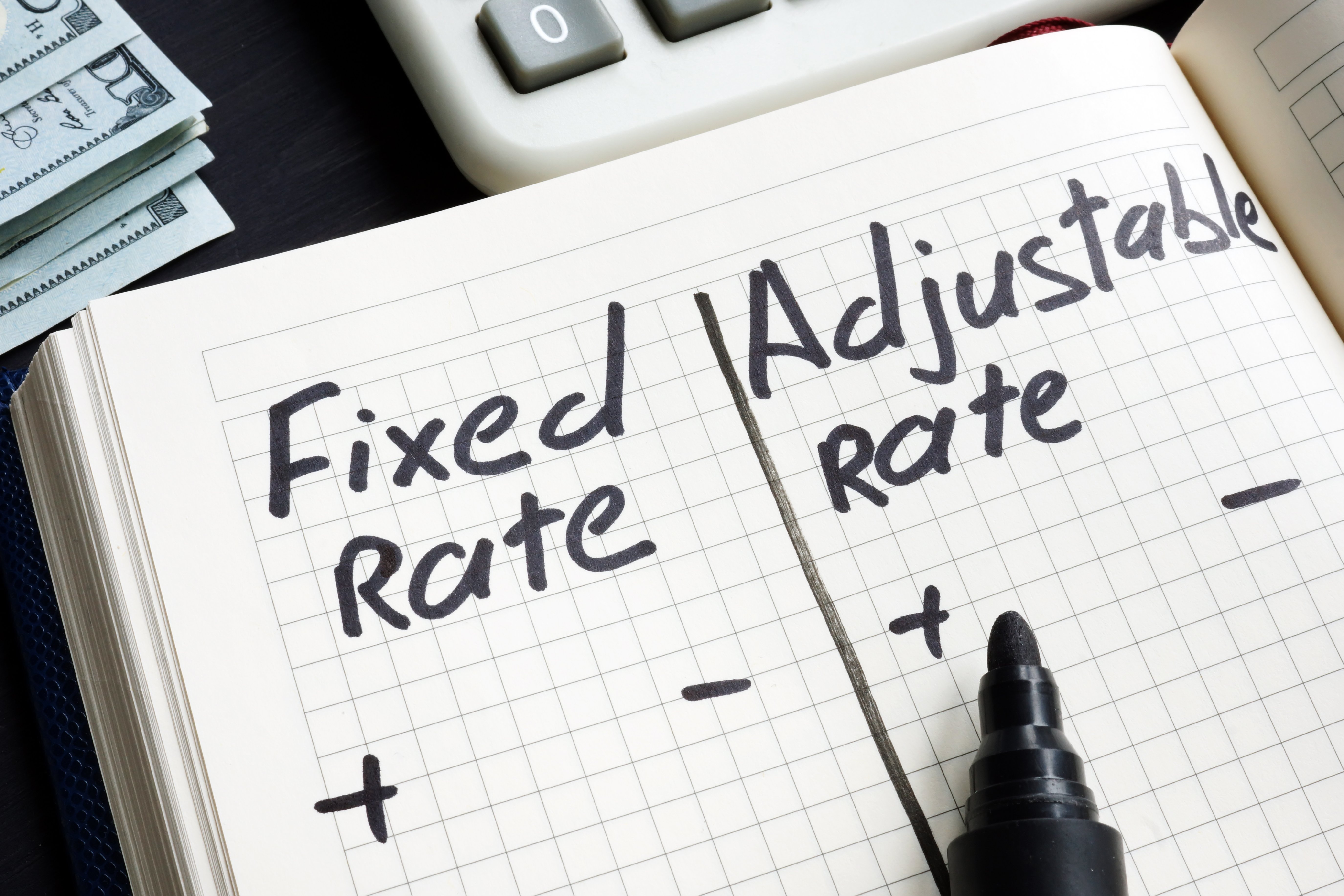
💡Pro Tip: Whether you should get a fixed-rate mortgage or an ARM depends on your financial situation and risk tolerance. Consult a financial professional before choosing a mortgage type.
In some situations, choosing one mortgage type over the other makes sense. Consider the following examples.
| A fixed-rate mortgage may be best when: |
|
| An ARM may be best when: |
|
Whichever option you choose, ensure you can afford the monthly mortgage payment. For an ARM, this could mean calculating your maximum monthly payment if interest rates rise and ensuring you can still afford it with your current income.
Find Properties With These Mortgage Types on PropStream
As a real estate investor, properties with certain mortgage types could lead you to motivated sellers. For example, a homeowner with an ARM in a high-interest-rate environment may be financially strained and more willing to sell at a bargain.
Additionally, properties with certain mortgage types could lead lenders to candidates for refinancing. For example, if a homeowner took out a fixed-rate mortgage when interest rates were significantly higher, and they have decreased, they may be interested in refinancing to get a lower interest rate.
PropStream has 193+ million mortgage data points and lets you filter properties across the nation by loan type, estimated monthly payments, estimated interest rate, and more.
|
Sign up for a free 7-day trial today and get 50 leads on us! |
Frequently Asked Questions (FAQs)
What’s the difference between an ARM and a variable-rate mortgage?
An ARM is a type of variable-rate mortgage. The two terms are often used interchangeably in the US. However, in Canada, a variable rate mortgage means something different and is distinct from an ARM.
What is an interest-only mortgage?
An interest-only mortgage is a loan type in which the borrower pays only the interest on the loan for an initial period. After that, the borrower transitions to making regular payments toward both principal and interest.
How are ARM and fixed-rate mortgages similar?
Both usually have an amortization period of 30 years and have the potential to be refinanced later on. You must also have good credit to qualify for either loan type.
Is an ARM riskier than a fixed-rate mortgage?
Yes. An ARM carries more risk of paying a higher interest rate later on. ARMs with payment caps also come with the risk of negative amortization. That said, the higher risk comes with higher potential rewards. For example, you may have a lower initial interest rate and pay less total interest if interest rates decrease.

